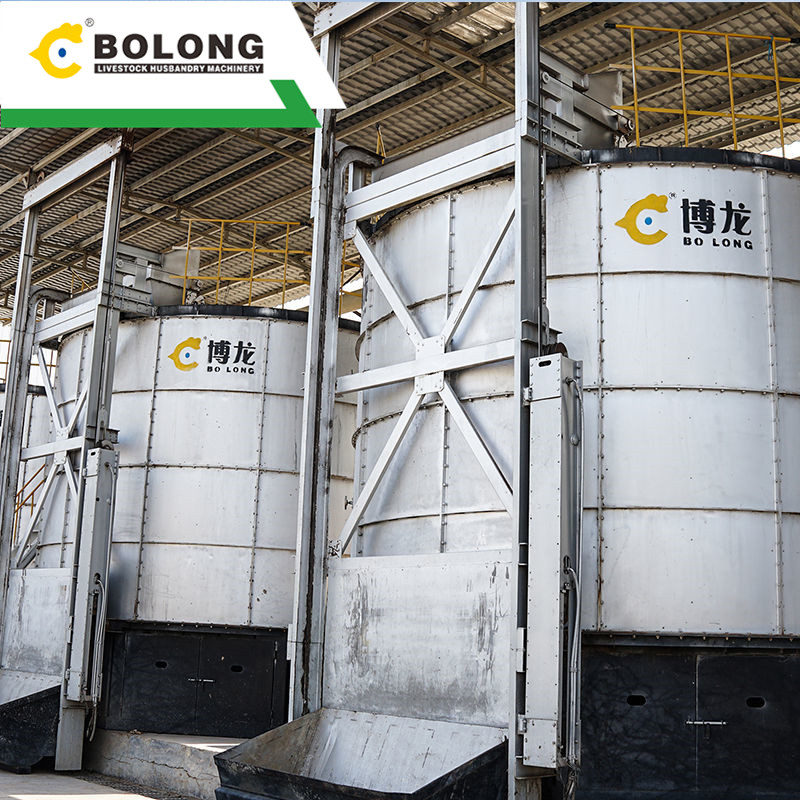
12" Thermowell. Full Sweep Drain. 25% Head Space. 2" Insulation. MARKS Fermentation tanks come standard with 2” of insulation on both the cone and sidewall, ensuring stable temperatures within, and increasing the efficiency of your glycol system. 4" Dry Hop Port. Each fermenter comes with a 4” TC access port.

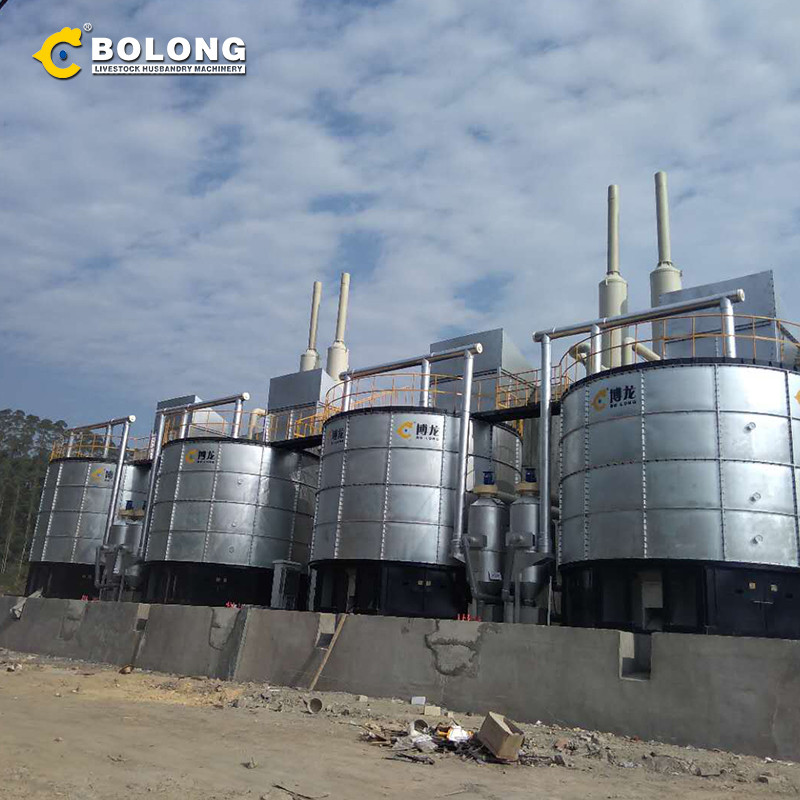
2024/1/30/ · The material of your fermentation vessel plays a vital role in ensuring the quality and safety of your product. Stainless steel is a popular choice for its durability and resistance to corrosion. It also offers ease of cleaning and sanitization. However, in certain cases, food-grade plastic may be suitable for smaller-scale fermentations.
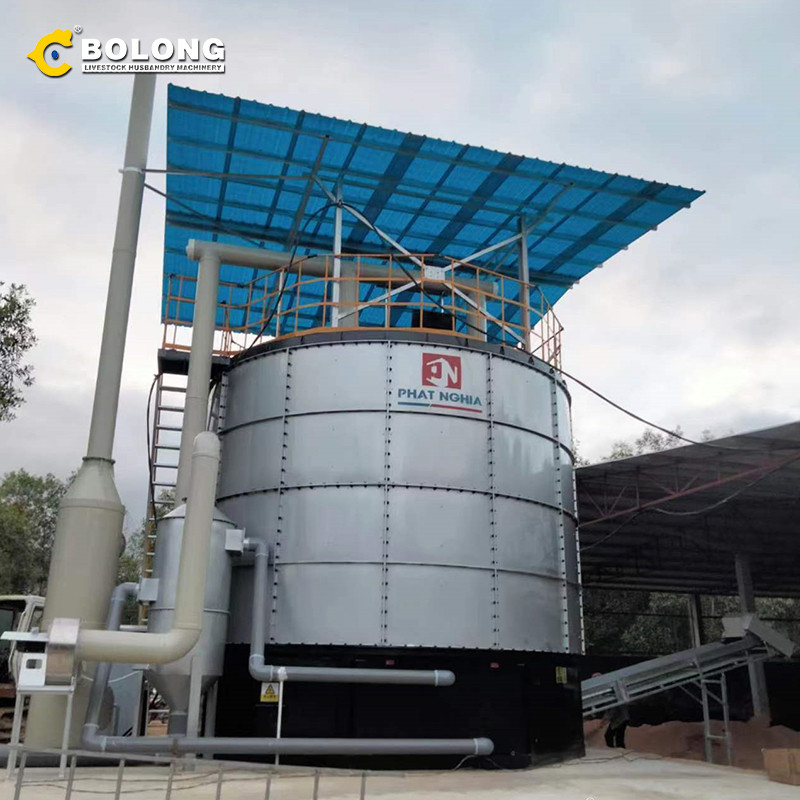
View Answer. 14. The solenoid valve _________________. a) Contains the flow tube and the float. b) Is controlled by a signal from an external controller. c) The most expensive way of controlling gas flow. d) Consists of the rotor and housing. View Answer. Sanfoundry Global Education & Learning Series – Fermentation Technology.
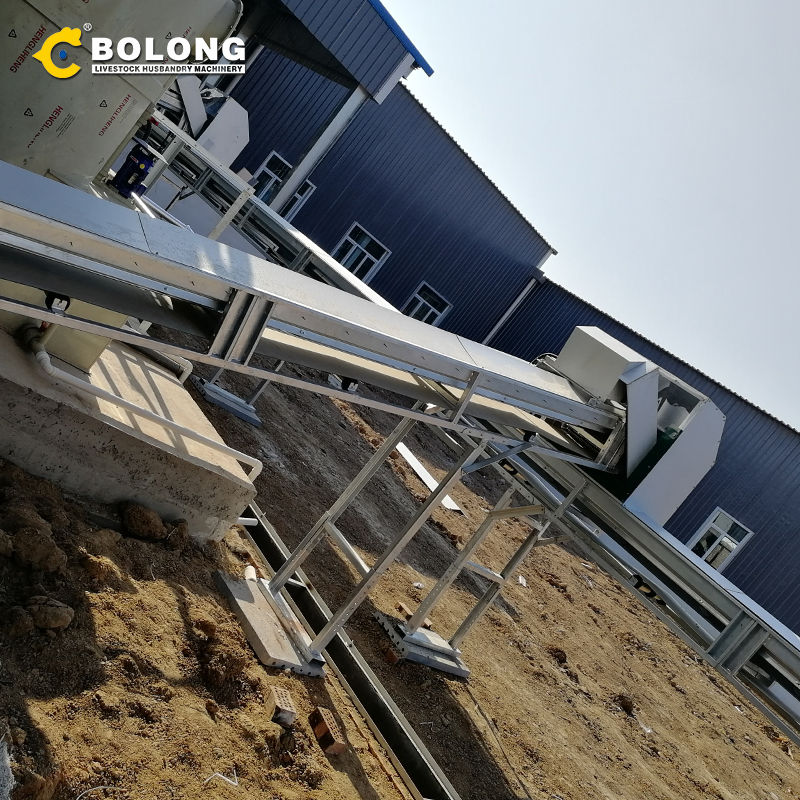
When choosing a beer fermentation vessel, the material of the fermentation vessel is an important consideration. The most common materials used for beer fermentation tanks are stainless steel, aluminum, and plastic. Stainless steel is the most popular choice because it is durable, easy to clean, and does not react with beer.
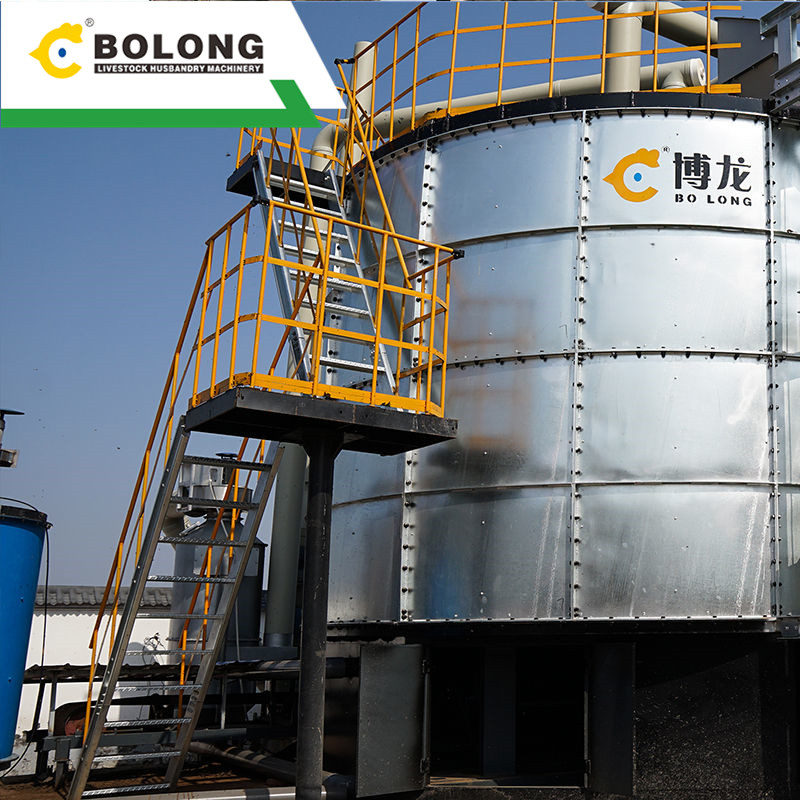
2024/3/13/ · Imagine having complete mastery over the critical parameters that dictate the success of your fermentation. With the Advance Fermentation Vessel, that vision becomes reality. Our intelligent control systems function as the maestro of your bioprocess orchestra, meticulously monitoring and regulating temperature, pH, and dissolved oxygen
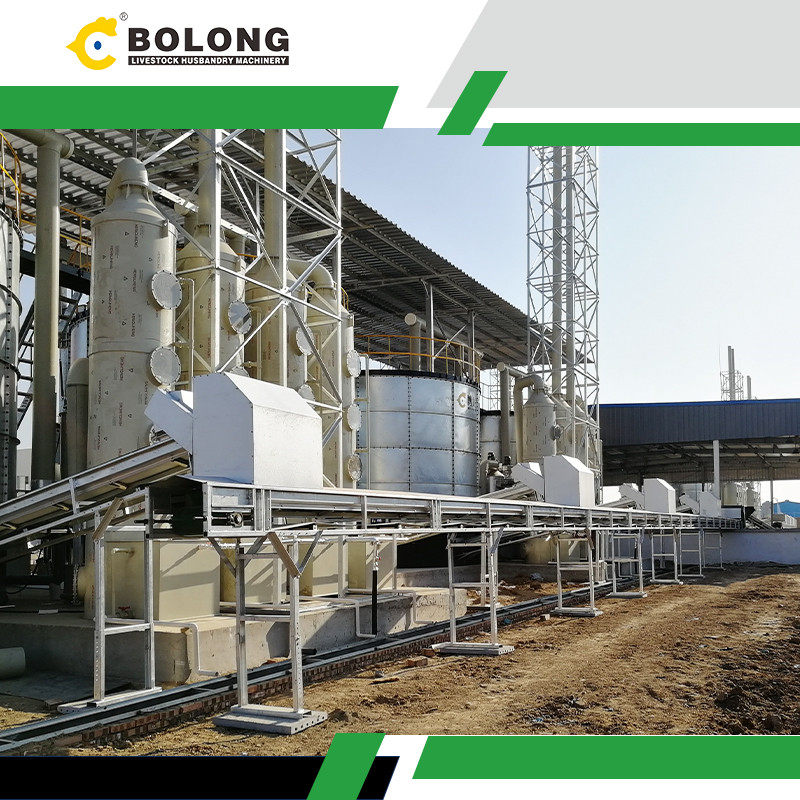
2015/11/1/ · This article discusses many of the problems that can arise related to large-scale industrial fermentation vessels (that is, those with a capacity up to 1 million gal) that are increasingly being used for industrial bioprocesses. It also presents recommendations for appropriate CIP and sterilization design for large-scale systems.

2024/1/19/ · Beer fermentation tanks cover a wide range of sizes from a few barrels to massive volumes over 1000 barrels. Some typical fermenter capacities include: Pilot Systems: 1-3 BBL. Microbreweries: 3-7 BBL, 7-30 BBL. Pub Breweries: 15-30 BBL. Production Breweries: 30-300 BBL, 600-800 BBL, 1000+ BBL.
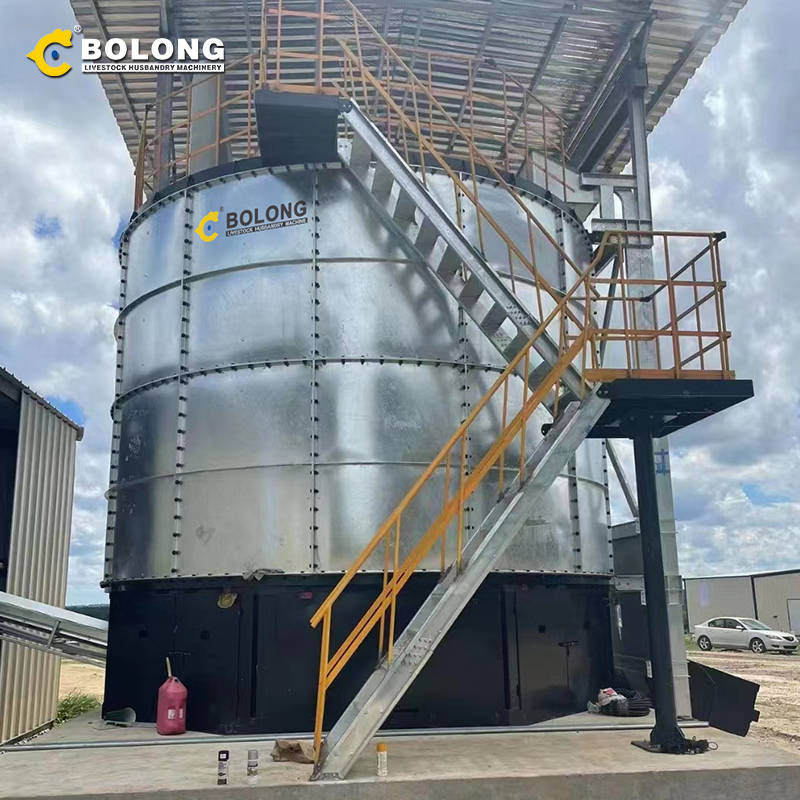
1. Mason Jars. The most affordable fermentation vessels are repurposed kitchen items such as mason jars. However, these can only contain small amounts of wort, which isn’t ideal for large batches of home-brew. Since brewing can take anywhere from 1 to 3 weeks, most people prefer to brew larger batches. You can easily turn mason jars into

2023/5/19/ · PHOTO: Amazon. $67 at Amazon$67 at WalmartView on Stonewareoutlet.com. Pros: This all-in-one set makes a great gift for yourself or a fellow fermentation enthusiast. Cons: Stoneware crocks like

Choosing the best fermentation container for your project is just as important as choosing the right produce. This is because every fermentation vessel is meant to be used in a specific way and with a specific purpose. You certainly can not, or should not, use a glass carboy to lacto ferment vegetables or an open earthenware crock to brew


2024/2/21/ · Fermentation vessels come in a variety of sizes, from small jars for single batches to large barrels for bulk fermentation. When choosing a vessel, consider the amount of produce you will be fermenting and the available space for storage. It’s also important to note that the size of the vessel can affect the fermentation process.


2019/1/28/ · A unique property of concrete tanks is their porous nature, which allows small amounts of oxygen to enter the tank and the wine during the fermentation process. In terms of temperature, concrete slowly warms and also slowly cools to create a more gradual fermentation process. Another common benefit to using concrete tanks is to get a